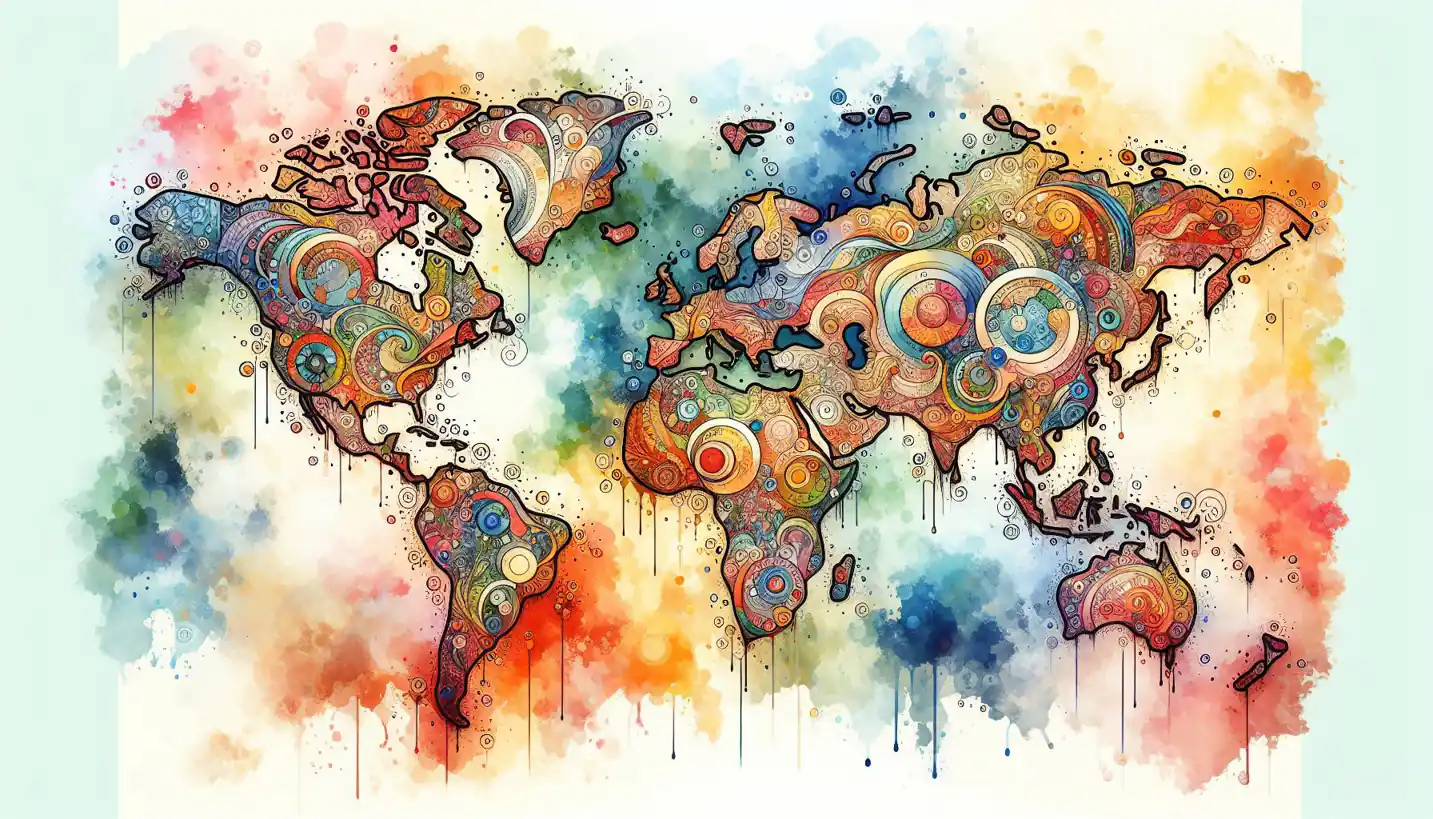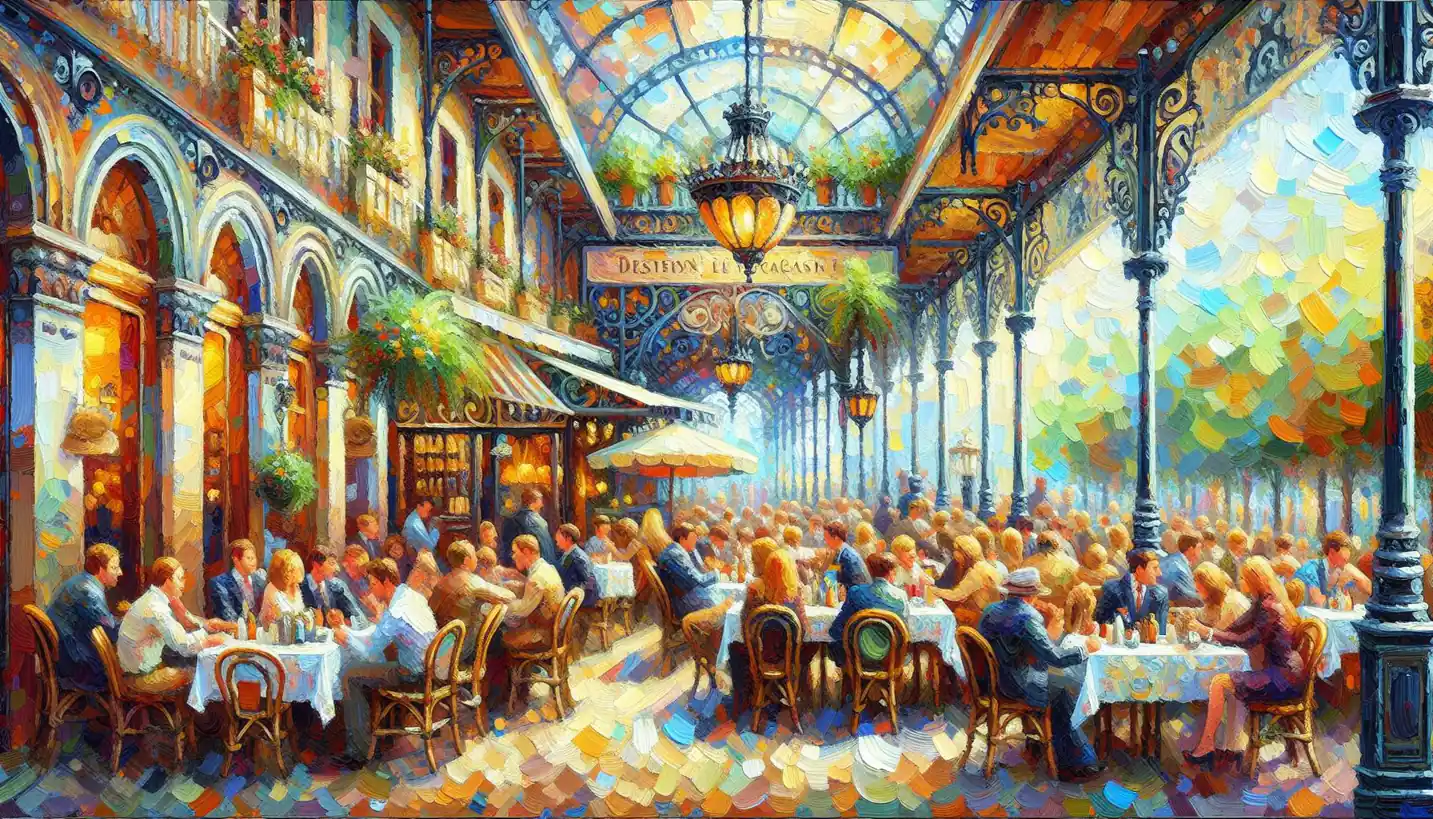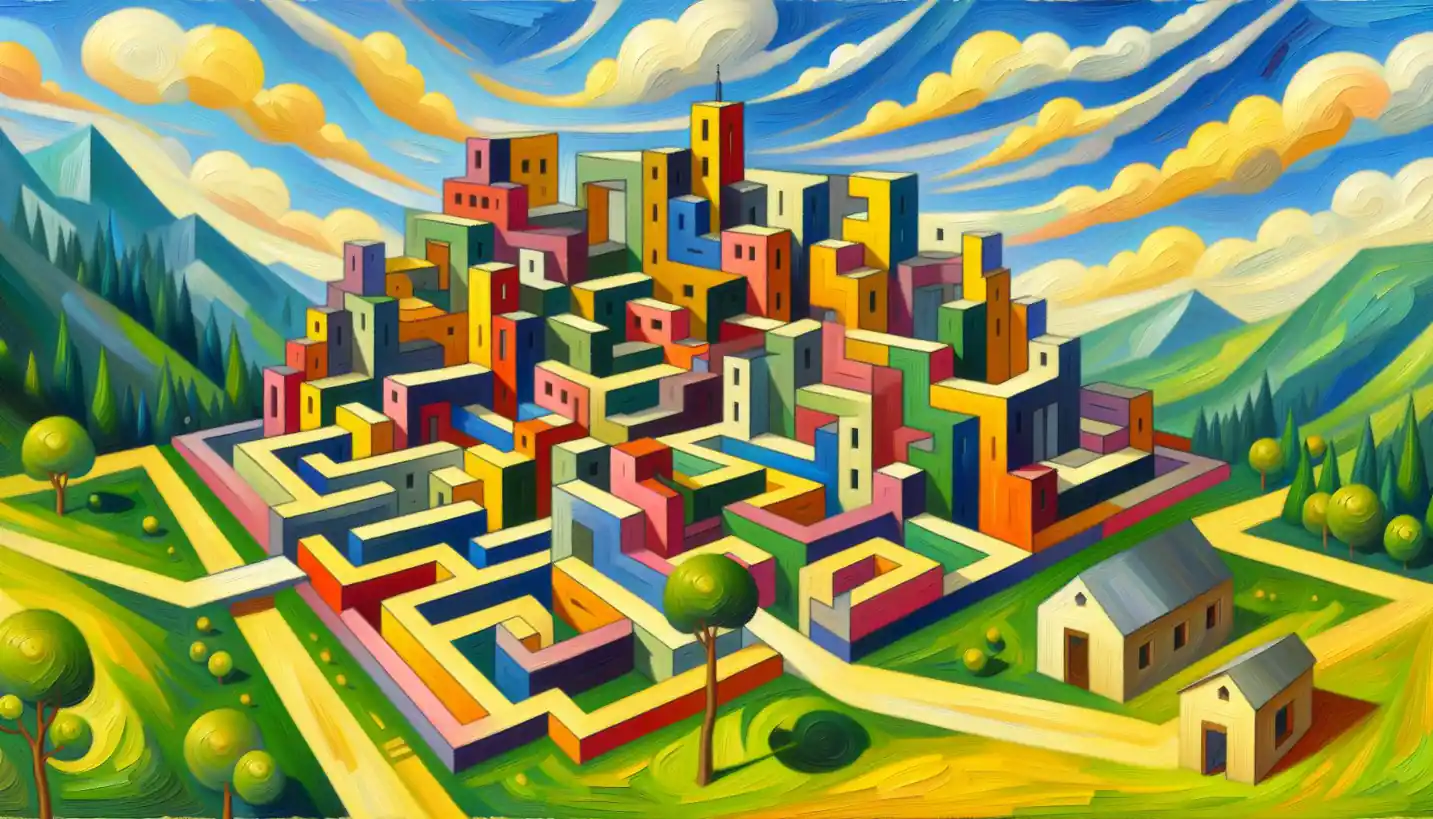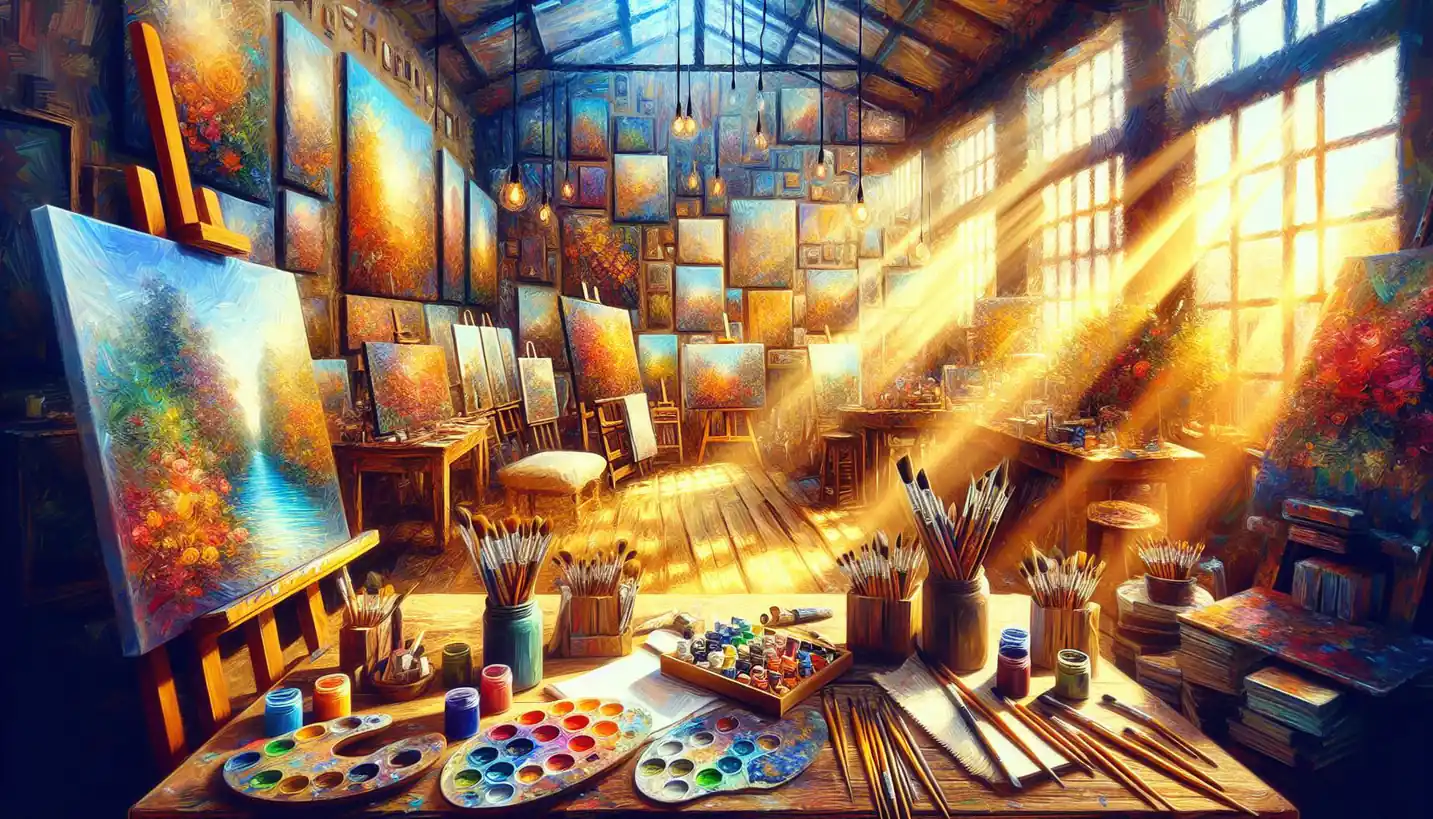· Art · 3 min read
Raster Graphics: A Window into Digital Art's Colorful World
Raster graphics bring a world of vibrant pixels, crafting rich, colorful images that showcase the beauty of digital artistry.

Raster graphics are like the canvas of the digital world, filled with tiny squares that create stunning images. Every time you look at a digital photo or image on your screen, you’re peering into the world of raster graphics. For those curious about how our digital art comes to life, let’s dive into this fascinating concept.
Raster images are made up of small dots called pixels. Imagine these pixels as a mosaic of colored tiles, each contributing to the overall picture. The more pixels you have, the clearer and more detailed the image becomes. This is why high-resolution images look sharper than low-resolution ones; they’re just packed with more of these tiny dots.
In graphic design, raster graphics are everywhere. They’re used in everything from photographs to complex digital artwork. Take the stunning visuals in video games or the breathtakingly detailed images on websites—they all rely on raster graphics. When artists want rich detail with subtle color gradients, raster is their go-to choice.
Creating raster images involves a delicate balance. Designers must choose the right resolution: too high, and the file becomes unwieldy; too low, and the image loses clarity. This decision depends on the image’s intended use. For example, images for print need higher resolutions than those intended for web use.
Although raster graphics are perfect for detailed images, they have a few limitations. One major drawback is that they don’t scale well. If you try to enlarge a raster image, it can become blurry and pixelated because you’re stretching those tiny dots beyond their original size. This is why designers must be precise when creating raster graphics.
To solve this issue, vector graphics sometimes come into play. Unlike raster graphics, which rely on pixels, vector graphics use mathematical equations to create shapes. This means they can be resized without losing quality. However, vectors are not ideal for detailed images like photographs, where the intricate play of colors and light is essential.
Raster graphics are essential in the world of digital art and graphic design. They offer artists a way to express their creativity in vivid detail, bringing to life everything from the textures on a dragon’s scales to the soft hues of a sunset. As technology advances, so does the potential for what can be created using raster graphics.
For those interested in digital art, understanding raster graphics is key. It’s like knowing the tools of an artist’s trade. And while they have their limitations, the possibilities they unleash are endless. Whether you’re creating your next masterpiece or just exploring the world of digital imagery, raster graphics offer a colorful and captivating window into our digital age.


